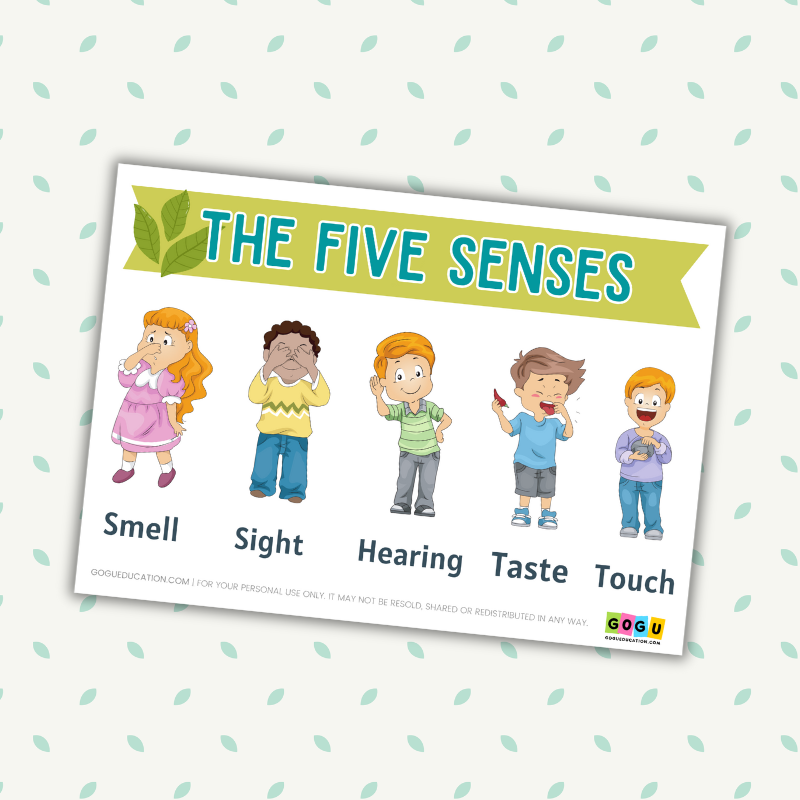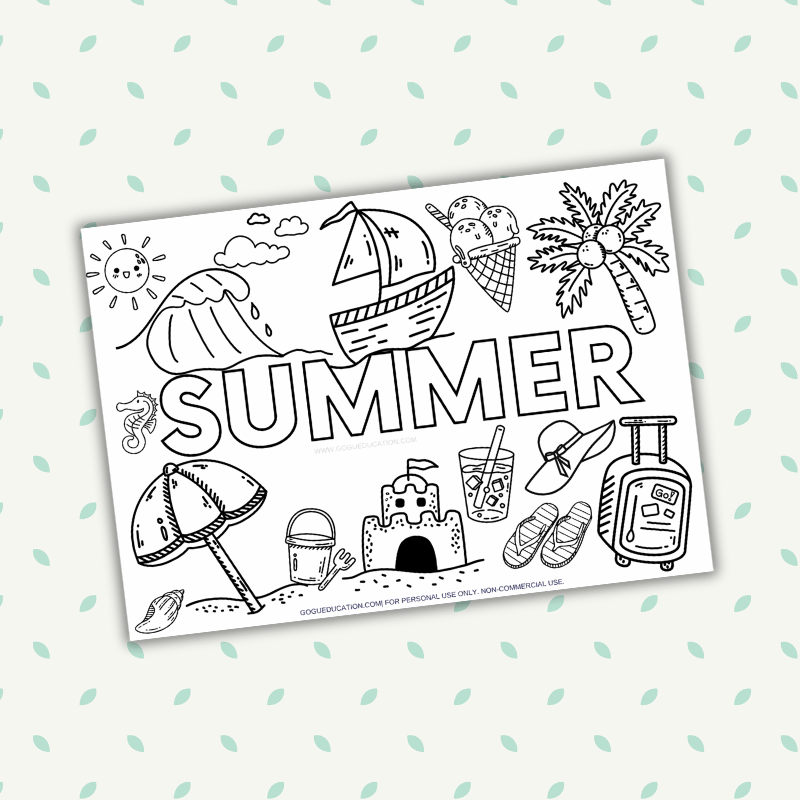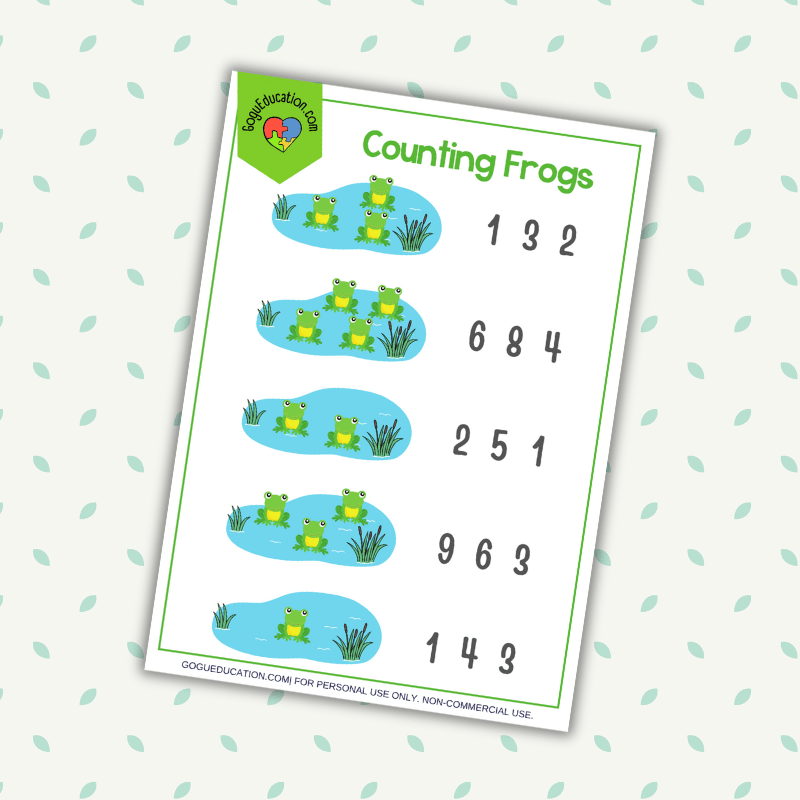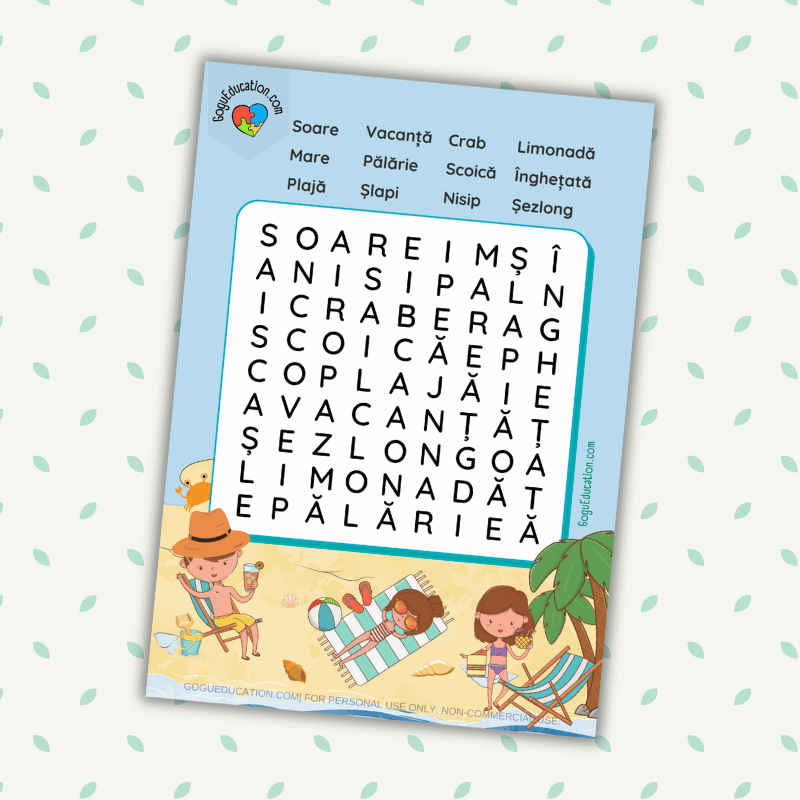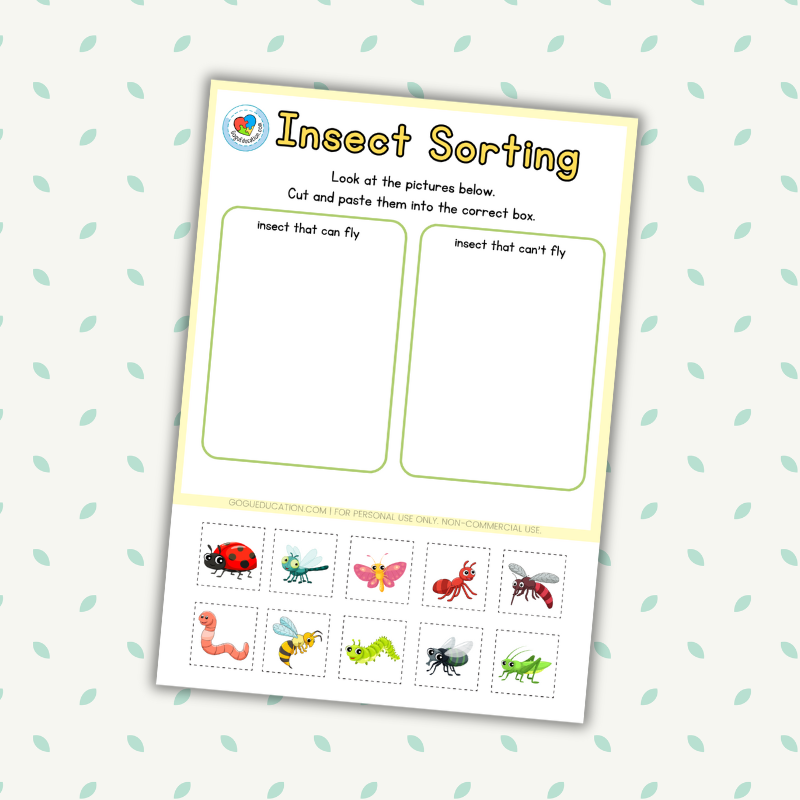German language is a fascinating linguistic tapestry that weaves its way through the heart of Europe. With its rich history, diverse dialects, and cultural significance, let’s explore the vibrant world of the German language! German belongs to the West Germanic branch of the Indo-European language family. Its earliest recorded texts date back to the 8th century, and it has evolved significantly since then. Today, it’s the most widely spoken language in Europe.
Here is a list of the 26 letters of the German alphabet:
A B C D E F G H I J K L M N O P Q R S T U V W X Y Z
The German language may also include umlauted letters (ä, ö, ü) and the Eszett (ß) for specific sounds and words.
Standard German, often referred to as “Hochdeutsch” (High German), serves as the official and standard form of the language. It’s used in education, media, and government, making it the lingua franca of the German-speaking world.
In addition to Standard German, Austria and Switzerland have their own variants: Austrian German (Österreichisches Deutsch) and Swiss German (Schweizerdeutsch). Swiss German, in particular, is known for its unique phonetics and vocabulary.
One of the most intriguing aspects of the German language is its dialectal diversity. Different regions in Germany, Austria, Switzerland, and neighboring countries have their own distinct dialects, some of which can be quite challenging for non-native speakers to understand.
German is famous (and sometimes feared) for its grammatical complexity. It features grammatical cases (nominative, accusative, dative, and genitive), gendered nouns (masculine, feminine, and neuter), and a flexible word order that allows for creative sentence construction.

